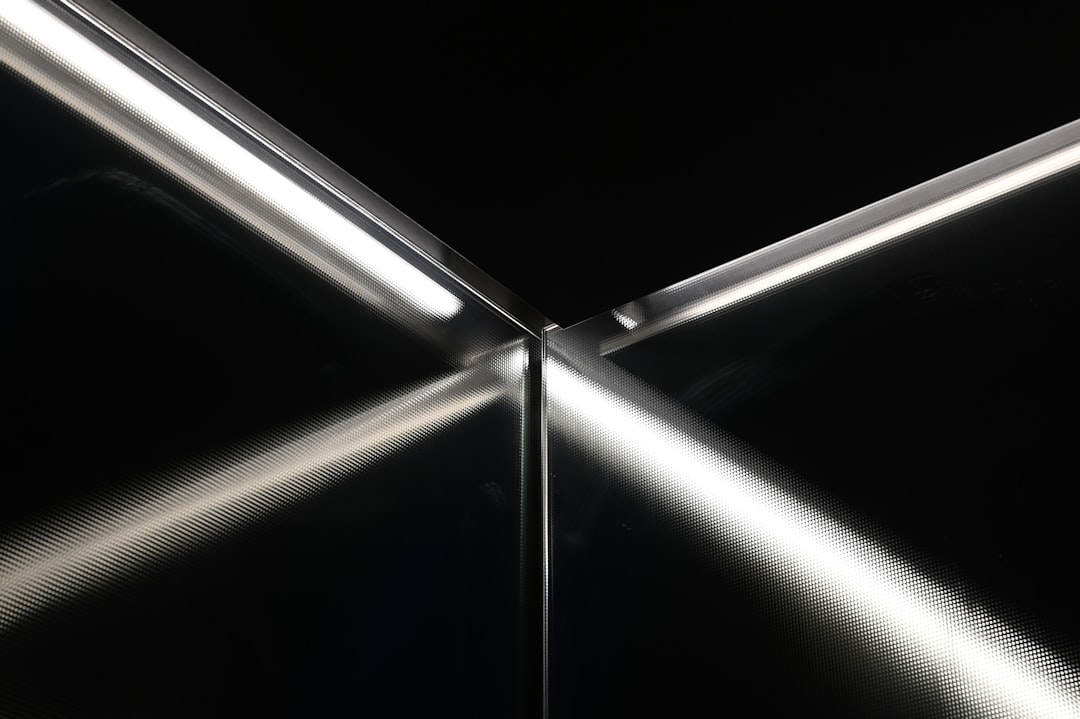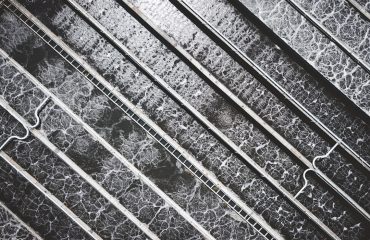Choosing the right type of steel for your construction project is crucial for its success. This decision hinges on several factors, including the project’s scale, intended use, budget, and site conditions. This comprehensive guide delves into the key differences between light steel and heavy steel structures, helping you make an informed choice.
1. Understanding the Differences: Gauge and Strength
The primary distinction between light steel and heavy steel lies in the gauge of the steel used. Gauge refers to the thickness of the steel sheet. Light steel framing typically employs thinner gauge steel (higher gauge numbers), while heavy steel construction utilizes thicker gauge steel (lower gauge numbers). This difference directly impacts the strength and load-bearing capacity of the structure. Heavy steel, with its thicker sections, can support significantly heavier loads and withstand greater stresses. Light steel, while less robust, offers advantages in terms of weight, cost, and ease of fabrication.
2. Applications: Where Each Steel Type Excels
The choice between light and heavy steel is often dictated by the intended application. Heavy steel structures are commonly used in high-rise buildings, large industrial facilities, bridges, and other projects requiring exceptional strength and durability. Think skyscrapers, massive warehouses, or infrastructure projects demanding significant load-bearing capacity. In contrast, light steel framing finds its niche in residential construction, smaller commercial buildings, prefabricated structures, and agricultural buildings. Its lightweight nature makes it easier to transport and erect, reducing construction time and costs.
3. Cost Comparison: Weighing the Pros and Cons
While heavy steel might seem initially cost-effective due to its perceived robustness, the overall cost can be significantly higher. The heavier weight necessitates more robust foundations, specialized handling equipment, and potentially more extensive site preparation. Labor costs are also generally higher due to the increased difficulty in handling and assembling heavy steel components. Light steel framing, on the other hand, often proves more economical in the long run. Its lighter weight reduces transportation and erection costs, and the simpler fabrication process leads to faster construction times. However, the lower strength may necessitate more extensive bracing and support systems, potentially offsetting some cost savings.
4. Fabrication and Construction: Speed and Efficiency
The fabrication process for light steel is generally faster and more efficient than that of heavy steel. Light steel components are often pre-fabricated off-site, allowing for quicker assembly on-site. This modular approach minimizes on-site welding and reduces potential delays. Heavy steel, conversely, often requires more extensive on-site fabrication, involving complex welding and bolting procedures. This can lead to longer construction times and increased potential for errors. The ease of handling light steel also contributes to a faster and safer construction process.
5. Sustainability and Environmental Impact: A Green Consideration
Both light and heavy steel structures offer significant sustainability advantages over other construction materials, particularly in terms of recyclability. Steel is a highly recyclable material, and using steel in construction contributes to reducing reliance on non-renewable resources. However, the production of steel itself has an environmental footprint, with energy consumption and greenhouse gas emissions being key considerations. Light steel framing, due to its lower material usage per unit area, generally has a slightly smaller environmental impact compared to heavy steel, although this depends significantly on the specific project and construction practices.
Ultimately, the decision between light steel and heavy steel structures depends on a careful evaluation of your specific project requirements. Factors such as load-bearing needs, budget constraints, construction timeline, and environmental considerations should all be carefully weighed before making a final decision. Consulting with experienced structural engineers is highly recommended to ensure the selection of the most appropriate steel type for your project.
SEO-Friendly Tags:
- Light Steel Structures
- Heavy Steel Structures
- Steel Construction
- Structural Steel
- Steel Framing
“`




